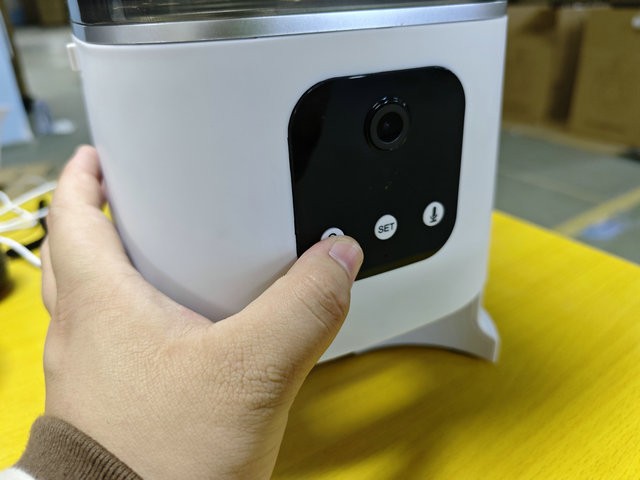The safety and environmental impact of plastic toys are significant concerns for both parents and manufacturers. Given the diverse range of plastic materials available, it’s crucial to understand their properties, applications, and potential risks. This guide aims to shed light on the main types of plastics used in toy manufacturing—such as Polystyrene (PS), Acrylonitrile Butadiene Styrene (ABS), Polyvinyl Chloride (PVC), Polypropylene (PP), Polycarbonate (PC), Polyethylene (PE), Ethylene Vinyl Acetate (EVA), Polyurethane (PU), and Polyethylene Terephthalate (PET)—to help in selecting safer and more sustainable options for children’s toys.
Contents
1. Polystyrene (PS)
Polystyrene is a widely used plastic with excellent transparency and surface gloss, making it a popular choice for toys that require a clear appearance. Its main drawbacks include brittleness, low impact strength, and poor heat resistance, which limit its use in certain toy applications.
2. Acrylonitrile Butadiene Styrene (ABS)
ABS is a versatile material known for its toughness, hardness, and rigidity. Its resistance to low temperatures and good dimensional stability make it an ideal choice for a wide range of toys, including those with intricate parts and mechanisms. ABS combines the beneficial properties of acrylonitrile, butadiene, and styrene, offering chemical stability, toughness, and good electrical properties.
3. Polyvinyl Chloride (PVC)
PVC is one of the most produced plastic products globally, but its use has raised health concerns due to the need for plasticizers, which can leach out and pose risks to children. The International Agency for Research on Cancer (IARC) classified PVC as a carcinogen in 2017, urging caution in its use, especially in toys that children might put in their mouths.
4. Polypropylene (PP)
Polypropylene boasts excellent chemical resistance, heat resistance, and mechanical properties. It is often used for parts that require durability and resistance to wear, making it a common choice for functional components of toys such as gears and wheels.
5. Polycarbonate (PC)
Polycarbonate is known for its almost colorless transparent quality and excellent optical properties. However, it is sensitive to notches and susceptible to erosion by some organic solvents. PC materials are flame retardant and have a high strength and impact resistance, suitable for toys requiring clarity and durability.
6. Polyethylene (PE)
Polyethylene is characterized by its waxy texture, resistance to most acids and bases, and excellent electrical insulation. Its flexibility at low temperatures makes it suitable for a wide range of toys, especially those intended for younger children.
7. Ethylene Vinyl Acetate (EVA)
EVA is softer and more flexible than PE, with better transparency and gloss. It is commonly used in the manufacture of foamed toys, such as puzzle mats and soft play items, due to its cushioning properties.
8. Polyurethane (PU)
Polyurethane is noted for its high strength, wear resistance, and solvent resistance. It is often used in the production of durable toy components that are subject to high levels of stress and wear.
9. Polyethylene Terephthalate (PET)
PET is strong, resistant to impacts, and has a high resistance to gas, water, oil, and odors, making it suitable for toys that need to be durable and hygienic. Its high transparency and ability to block ultraviolet light also benefit toys exposed to sunlight.
Conclusion
Understanding the properties and applications of these plastic materials can significantly aid in the selection of safer, more durable, and environmentally friendly toys. Manufacturers and quality control professionals must prioritize materials that offer the highest safety standards to protect children’s health while minimizing environmental impact. This guide serves as a foundational resource for those involved in the production, inspection, and selection of plastic toys, ensuring informed decisions that contribute to the well-being of consumers and the planet.






